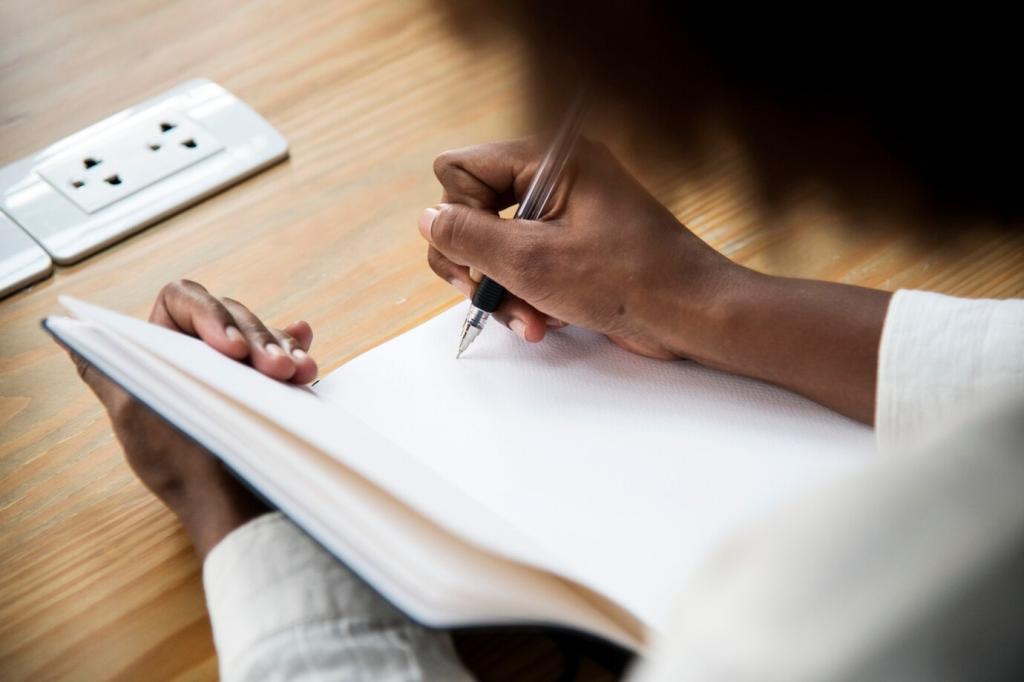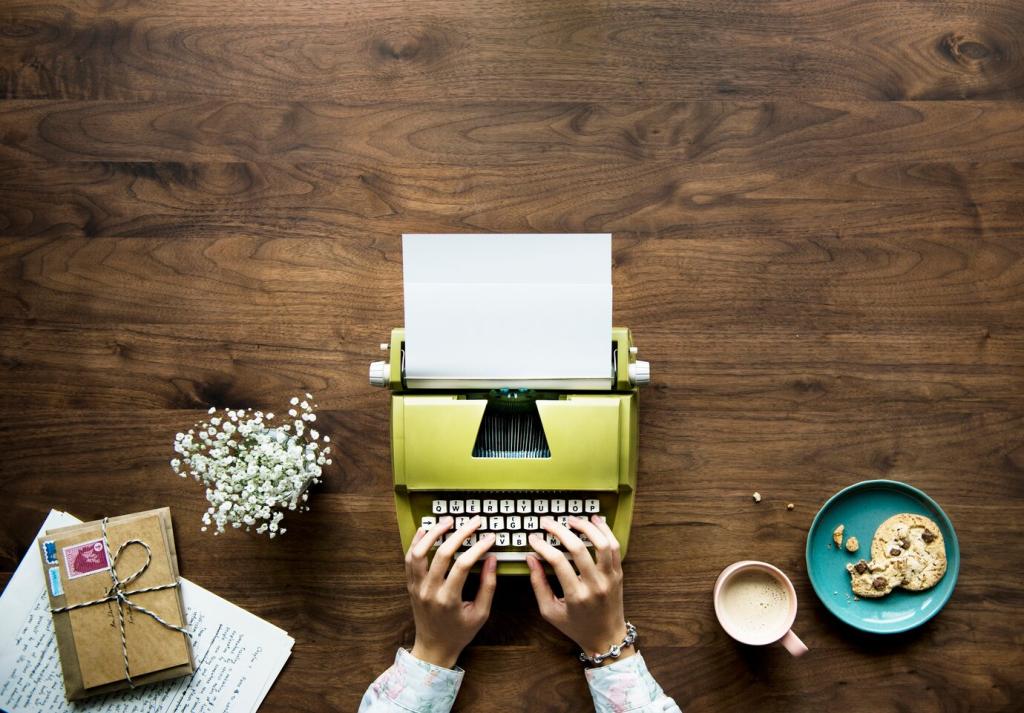
Using Visuals in Interior Design Copywriting
In the fast-paced world of digital media, visuals have become a cornerstone of captivating interior design copywriting. Words alone are no longer enough to convey the true essence of a space or communicate the subtle interplay of color, texture, and light. Harnessing the power of visual imagery alongside compelling copy enables brands and designers to tell vivid stories, evoke emotions, and drive engagement. This synergy shapes first impressions, encourages deeper exploration, and ultimately inspires action, making visual elements an indispensable part of modern interior design marketing strategies.
The Role of Visuals in Storytelling
Creating Atmosphere and Emotion
A well-chosen visual can evoke emotion before a single word is read, setting the stage for the copy to reinforce and elaborate on the atmosphere. For interior designers, conveying mood is essential—whether it’s the tranquility of a spa-like bathroom or the vibrancy of a social kitchen. Visuals communicate color palettes, textures, and lighting in a way words sometimes cannot, providing an immediate and visceral sense of place. Designers can leverage this by ensuring that every image aligns with the story being told, allowing the audience to not only visualize themselves in the space but also to feel the intended emotions, forging a lasting impression.
Enhancing Brand Identity
Every brand in interior design has a signature style reflected through its visual language. Compelling copywriting can describe materials, processes, or inspirations, but visuals solidify brand identity at a glance. When carefully selected, imagery reinforces the company’s ethos—be it minimalist sophistication, maximalist exuberance, or eco-friendly warmth. Consistency in visual presentation, from photography style to color grading, ensures that potential clients instantly recognize the brand, creating a cohesive and memorable experience. The harmony of ongoing visual themes with copy strengthens brand recognition and builds trust, signaling professionalism and attention to detail.
Guiding the Reader’s Journey
Effective interior design copywriting isn’t just about describing a space—it’s about guiding the reader through a journey. Visual cues such as layout flow, room perspective, and before-and-after shots direct attention to focal points, highlight transformation, and showcase design expertise. These images, intertwined with strategic copy, establish a natural path for the reader’s eye, making the browsing experience intuitive and enjoyable. By anticipating how readers will absorb both visuals and text, writers can sequence information to maintain interest and encourage progression from one section to the next—leading visitors seamlessly toward a desired action, whether it’s subscribing, inquiring, or booking a consultation.
Selecting Effective Visuals for Copy Integration
Authenticity and Relevance
Selecting visuals that accurately represent real-world projects or authentic styling is essential in establishing credibility and relatability in interior design copy. Stock photos, while convenient, may lack the uniqueness and specificity required to resonate with discerning audiences. Instead, featuring genuine photography—whether portfolio shots, in-progress images, or client testimonials—adds a personal and bespoke touch to the presentation. Relevant visuals should connect seamlessly with the accompanying narrative, illustrating design choices, material selections, or spatial transformations described in the copy. Authentic and relevant images foster trust, reassure potential clients, and provide clear expectations of the designer’s capabilities.
Supporting the Narrative Structure
Effective visuals don’t just decorate a web page—they support and enhance the copy’s structure and messaging. Each image should have a clear purpose, serving as visual evidence, inspiration, or illustration for the points made in the text. For example, a section describing soft lighting and warm tones is best paired with imagery highlighting those exact elements. This intentional pairing reinforces the narrative, making it more memorable and easier to understand. Well-placed visuals can break up dense paragraphs, provide clarity on complex concepts, and invite viewers to imagine similar transformations in their own spaces, deepening their engagement with the content.
Balancing Quality with Speed
In the digital age, attention spans are short and web performance matters. High-resolution images showcase design details and craftsmanship, but they can also slow down loading times if not properly optimized. Balancing visual quality with fast website performance is crucial. Copywriters and designers need to select visuals that maintain sharpness and vibrancy, yet are compressed and formatted efficiently for online use. This ensures that the immersive, visually-rich experience doesn’t come at the cost of user satisfaction. Thoughtful image selection and optimization support seamless interaction with the website, keeping readers immersed in both the copy and the visuals.
Visual Hierarchy in Interior Design Copy
A strong visual hierarchy starts with clear focal points—areas of the page that draw the reader’s eye immediately. In interior design, this often means featuring dramatic room shots, bold accent details, or eye-catching color schemes at the top or center of the content. These visual anchors work with the copy to signal what’s most important and entice visitors to read further. By combining arresting visuals with powerful opening statements or captions, copywriters harness curiosity and direct readers to explore accompanying details. This intentional emphasis brings depth and order to the storytelling, making the page engaging and easy to navigate.

